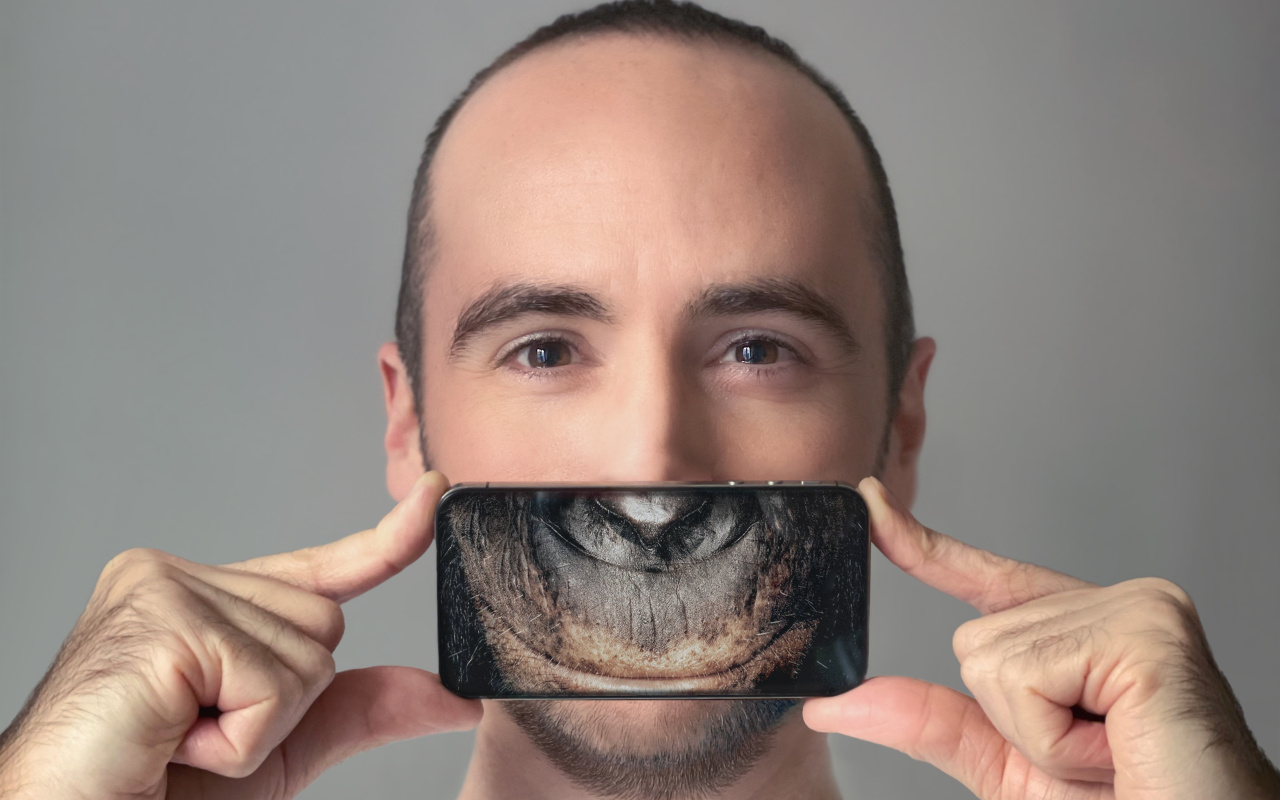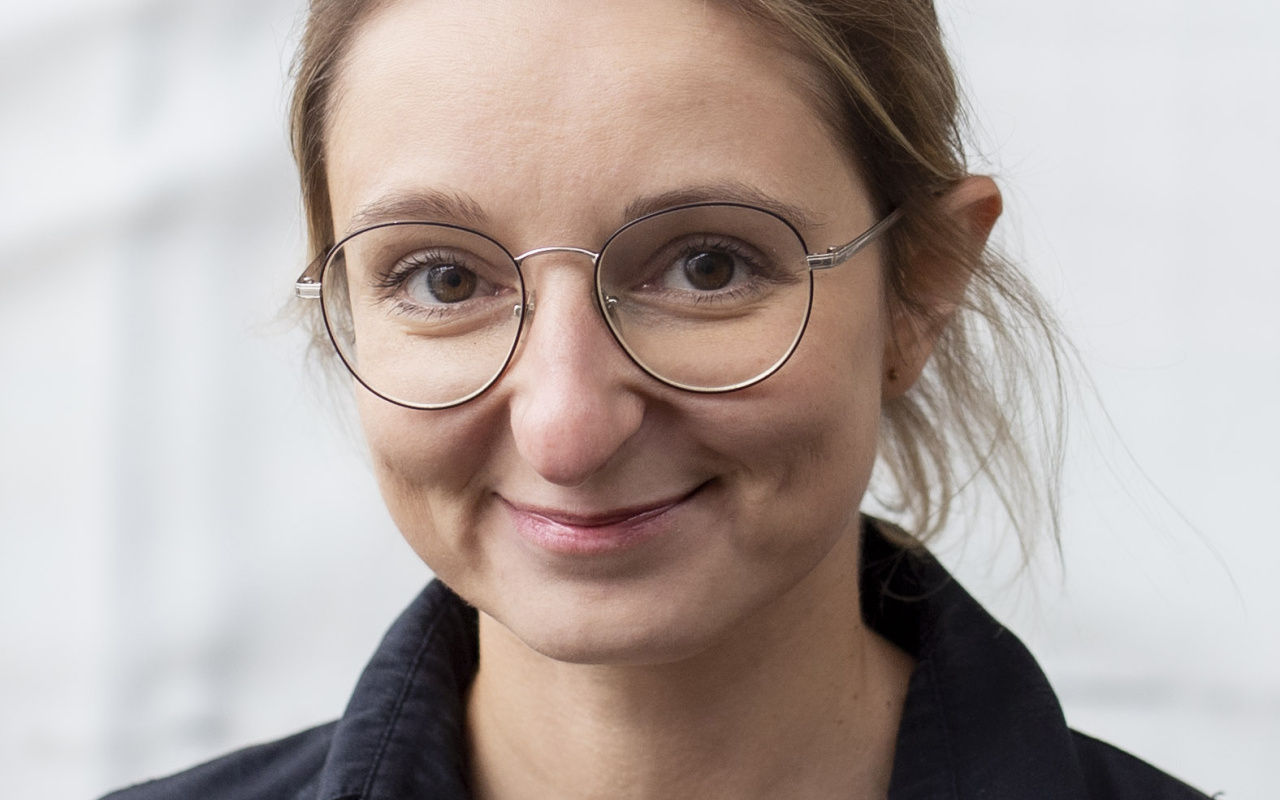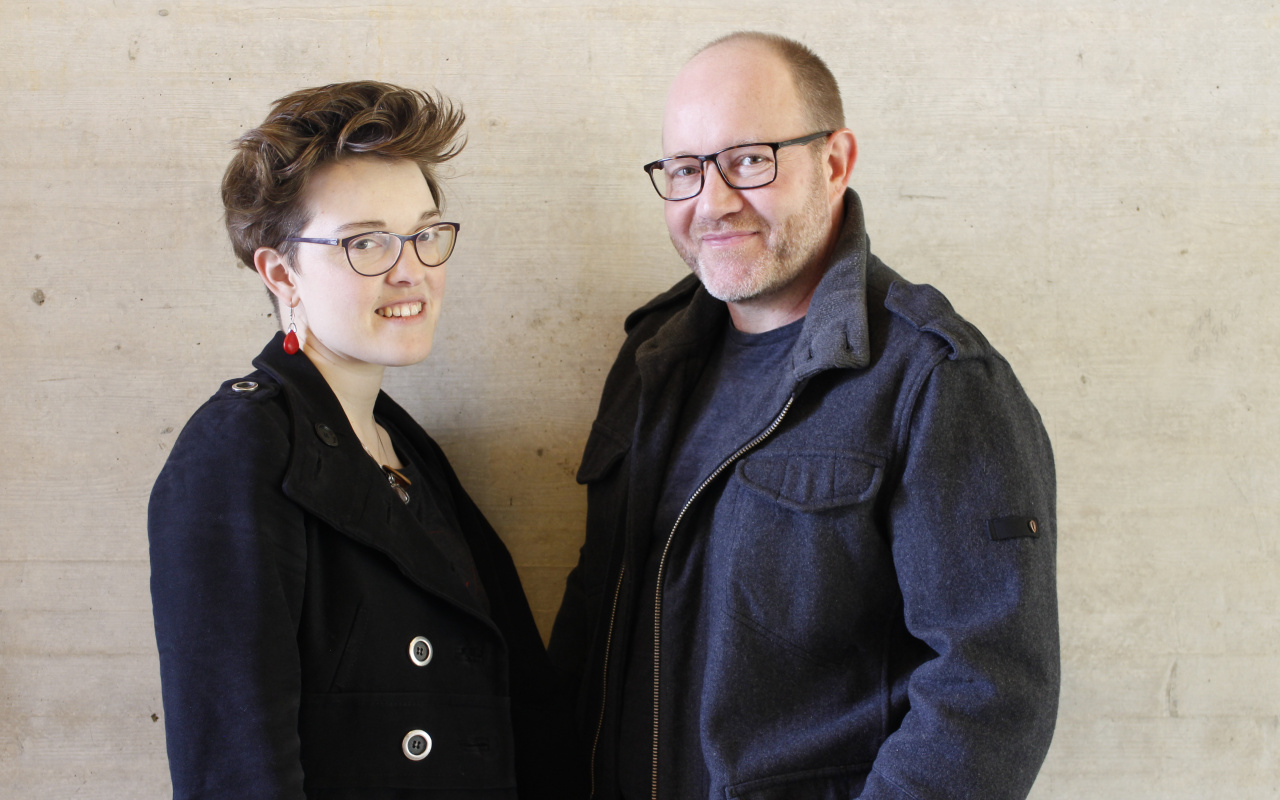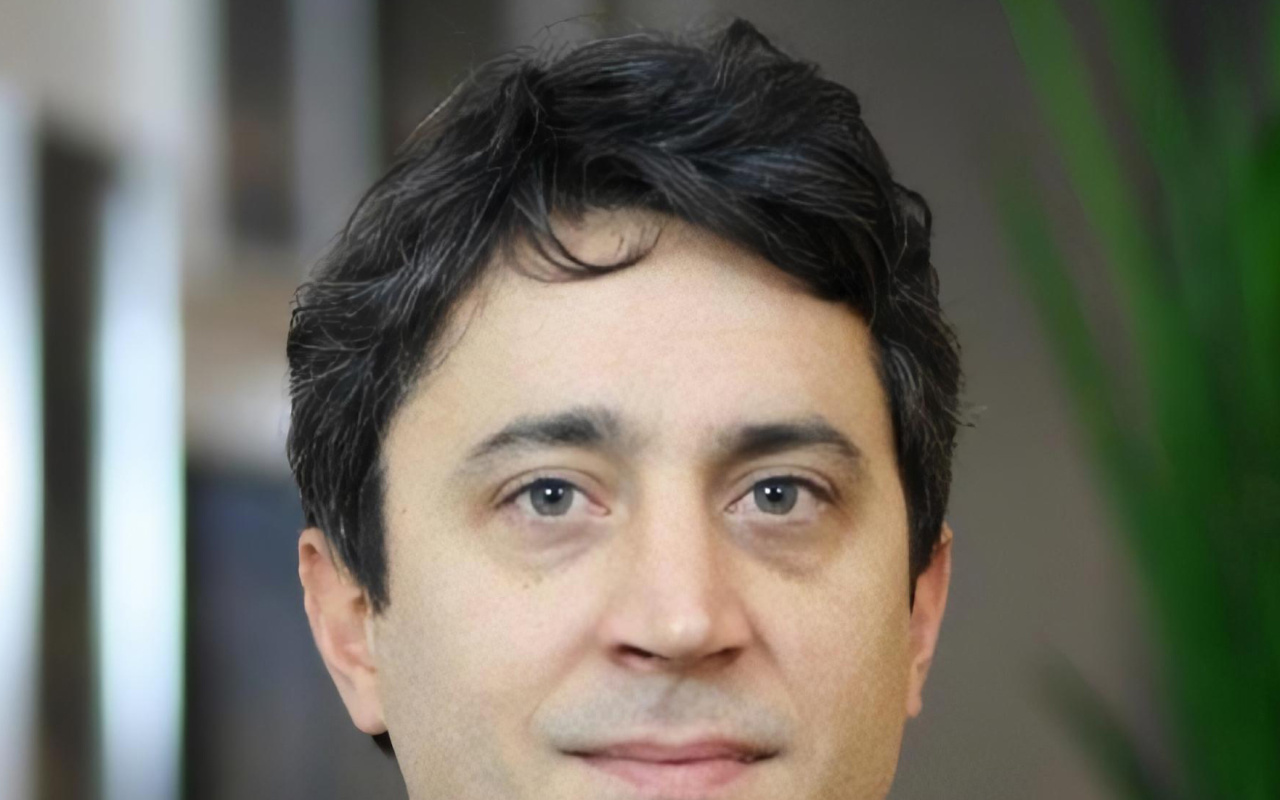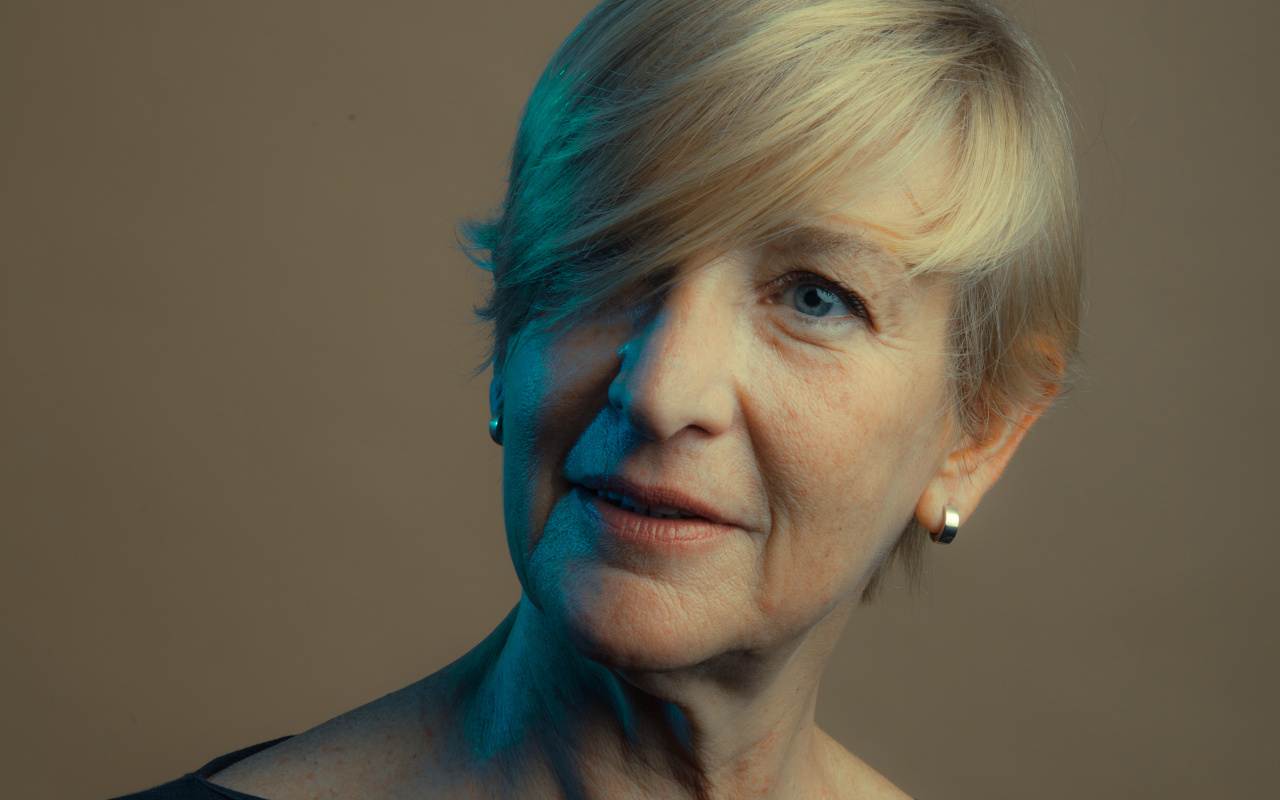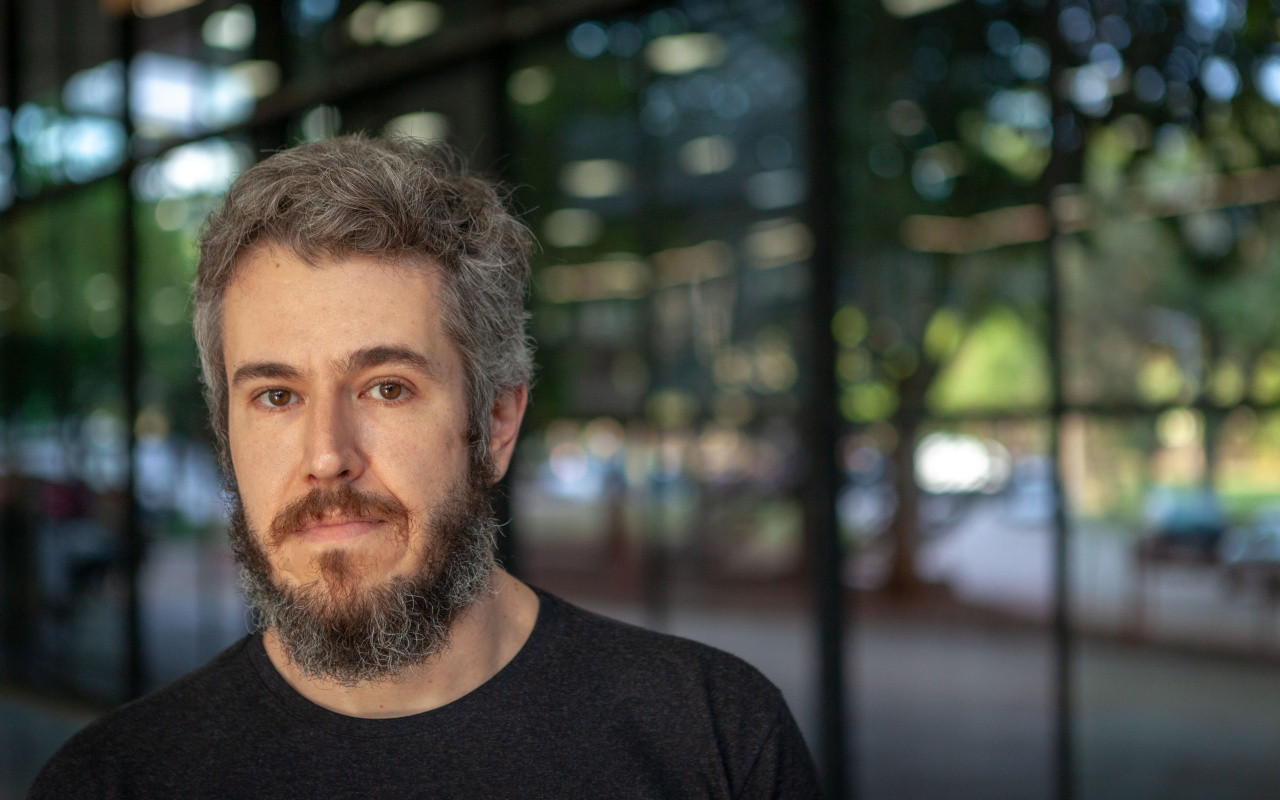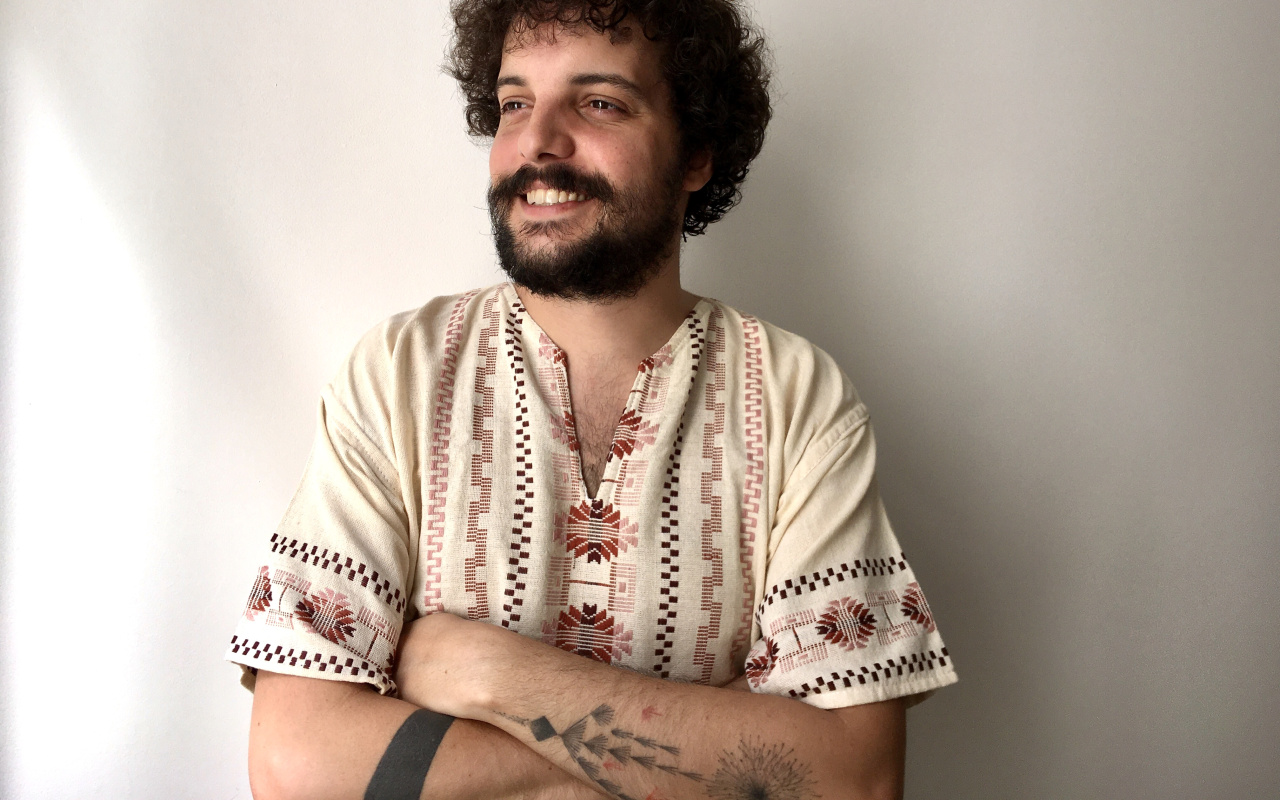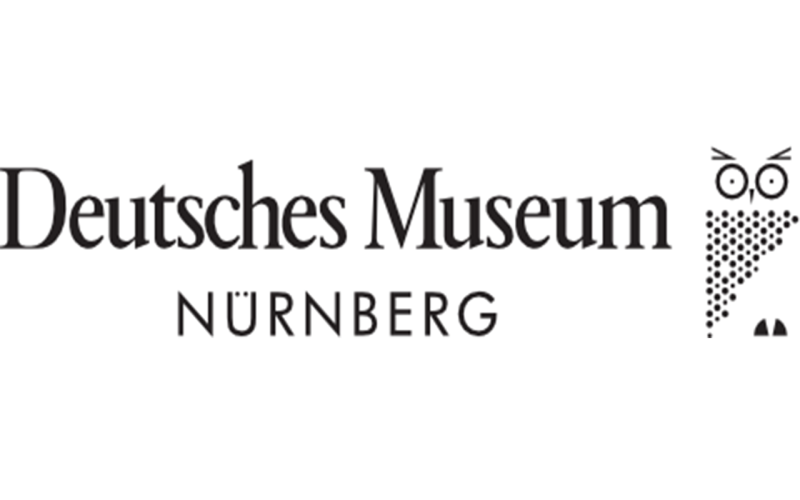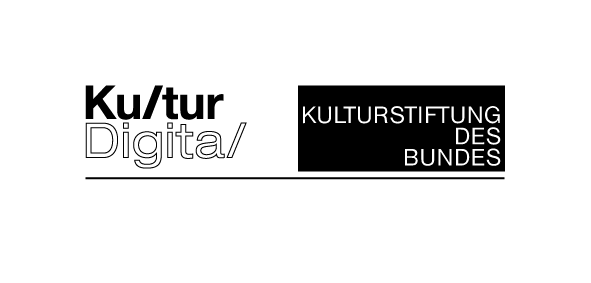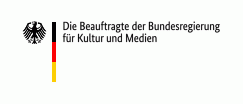Intelligent Museum Residency (2022)
at the ZKM | Hertz-Lab and the Deutsches Museum
As part of »The Intelligent Museum,« a variety of approaches to AI-powered digital art will be used to critically examine and explore the socially relevant topic of AI from a variety of perspectives.
In an open call, artists were able to submit innovative project proposals at the interface of art and AI until the beginning of March, which they will implement as part of an artist residency at the ZKM | Center for Art and Media Karlsruhe and at the Deutsches Museum.
Based on various evaluation criteria, a jury finally selected four international project proposals by Maria Smigielska and Pierre Cutellic, Katrin Hochschuh and Adam Donovan, Gaëtan Robillard and Giselle Beiguelman, Bruno Moreschi and Bernardo Fontes. From summer 2021, the projects will be implemented.
Proteus 3.0: Behaviorally controlled Video Installation
How can human and artificial intelligence be merged within an installation? The artist duo Maria Smigielska and Pierre Cutellic, alias Compmonks, would like to explore this question by means of an interactive video installation. Body pose, gaze direction and facial expression of the viewers are the basis for deep learning models and influence the image of a constantly changing ferrofluid.
Empathic Swarm: Reward and Punishment
50 autonomous robots act as a swarm and react to positive and negative feedback from their environment. Within their artistic work Katrin Hochschuh and Adam Donovan are particularly interested in human-machine interaction. As part of the residency, they want to fill their system with life and investigate different scenarios. How does the artificial intelligence of the swarm learn and what influence do the various interests of its human mentors have?
Patterns of Heat
On the Internet, statements about climate change are spreading at breakneck speed – but not all of them are scientifically founded. As part of his residency, Gaëtan Robillard is developing new software for a data driven installation made that quantifies false reports. The amount of false news about climate change on social media found by the artificial intelligence, corresponds to the heat the installation generates. Thermal imaging cameras show these temperature changes in space.
What does Artificial Intelligence see?
Are colonialist gestures reflected in human images and is computer vision technology capable of recognizing colonialist patterns? Using three Brazilian collections, Giselle Beiguelman, Bruno Moreschi and Bernardo Fontes want to find out how they are processed by AI technologies. The project aims to shed light on how AI can interpret digitized images and be used to analyze image collections.
